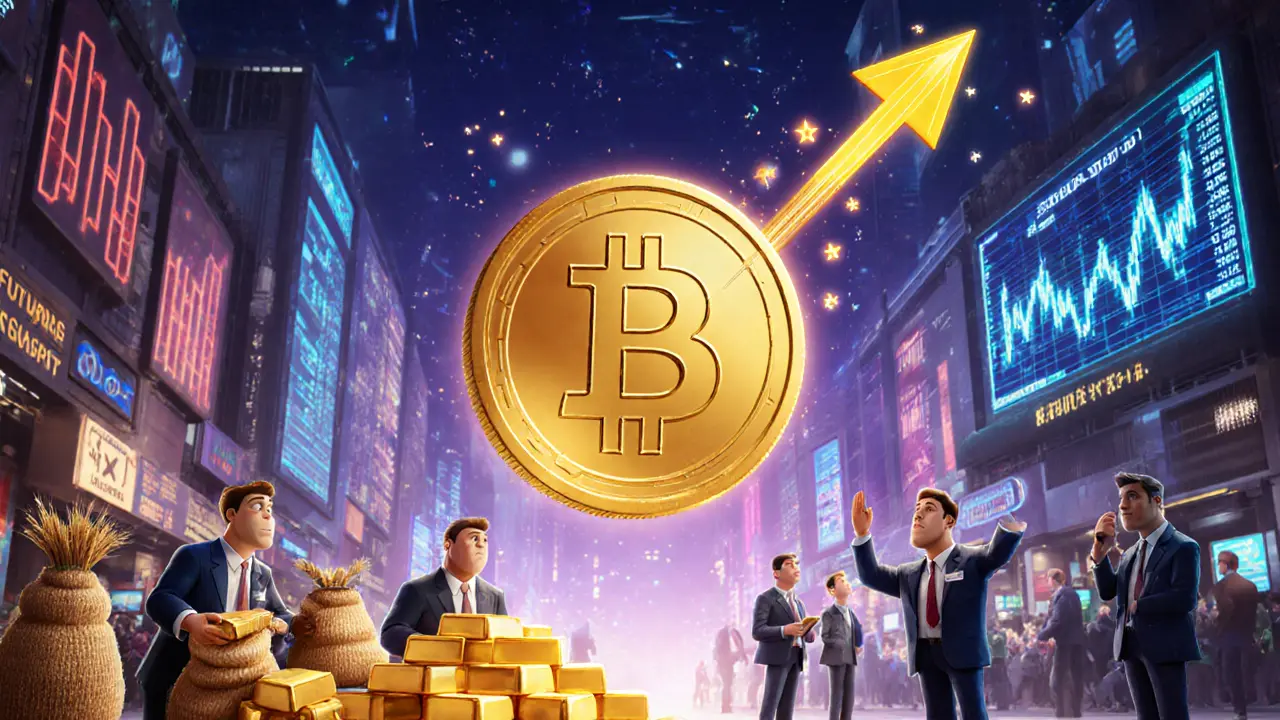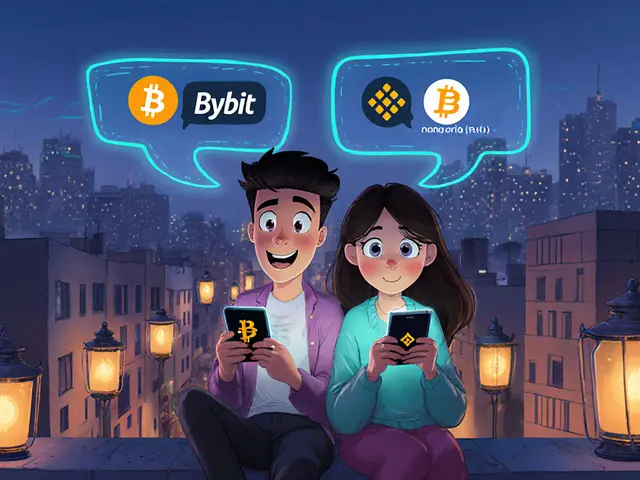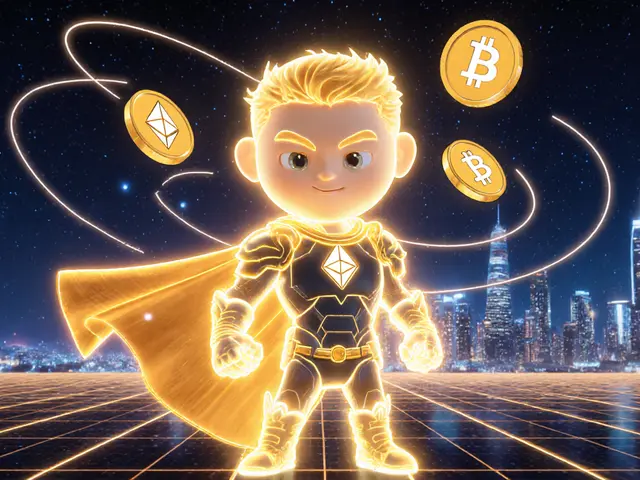Spot Prices: What They Are and How They Impact Your Crypto Trades
When you buy Bitcoin or Ethereum on a crypto exchange, you’re usually paying the spot price, the current market price at which an asset can be bought or sold for immediate delivery. Also known as the cash price, it’s the real-time value you see on your screen—no futures, no options, no guessing when it’ll settle. This isn’t speculation. It’s what’s actually happening right now in the market.
Spot prices drive most retail trading. If you’re buying SOL because it dropped 10% today, or selling UNB after its airdrop news faded, you’re reacting to spot price movements. Unlike futures contracts, which lock in prices for later, spot trades settle instantly. That’s why platforms like WOOFi, OVEX, and Sovryn focus on low slippage and tight spreads—they know traders want to execute at the price they see. Spot prices also reflect real demand. When the RACA airdrop dropped, the spot price of RACA spiked because people rushed to grab tokens. When Dogcoin (DCOIN) lost 75% of its value in two months, that wasn’t a futures bet—it was the spot market screaming.
Spot prices don’t exist in a vacuum. They’re shaped by what’s happening on-chain, who’s trading, and where regulations hit. If you’re in Australia, AUSTRAC rules affect which exchanges you can use, and that changes liquidity—and spot prices. If you’re in China, the ban means no spot trading at all. Even in places where it’s legal, like the U.S., FATCA reporting forces traders to track every spot purchase over $50,000. Spot prices are the heartbeat of crypto, but they’re also the first thing regulators watch.
You’ll find posts here that show you how spot prices behave around airdrops, how they crash when projects have no real use case (like GNON or DCOIN), and how exchanges like SparkSwap or DXBxChange can mislead you with fake volume. Some posts compare spot trading on CEXs versus DEXs, and how geography locks you into certain prices. Others break down why spot prices for tokens like XROCK or EGP stay low—because no one’s actually buying them at market rates. There’s no fluff. Just real data on what spot prices tell you about what’s working—and what’s not.



